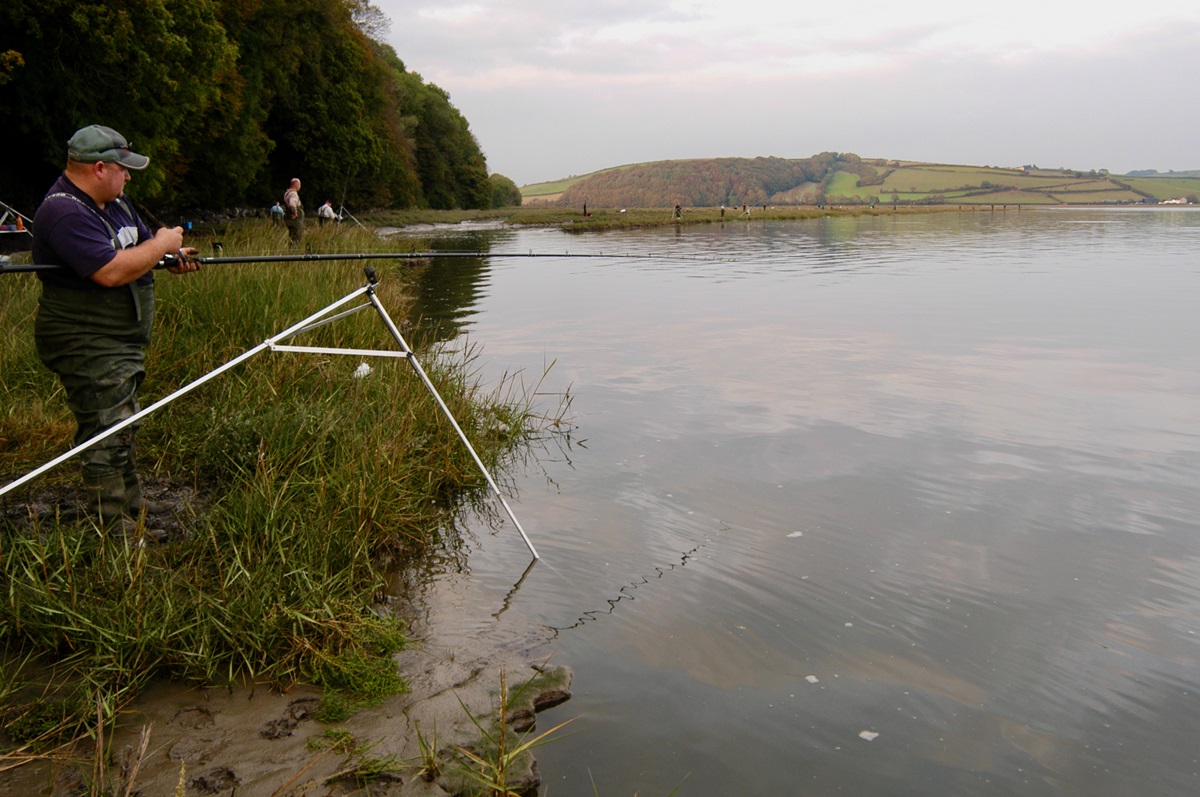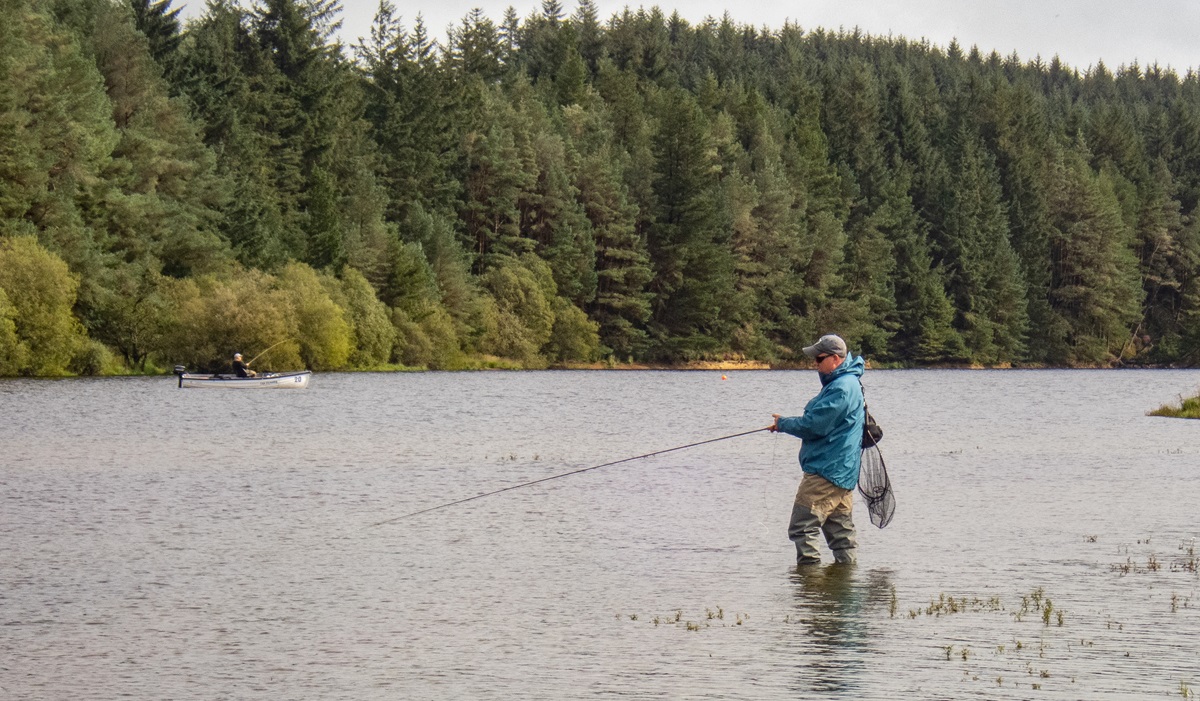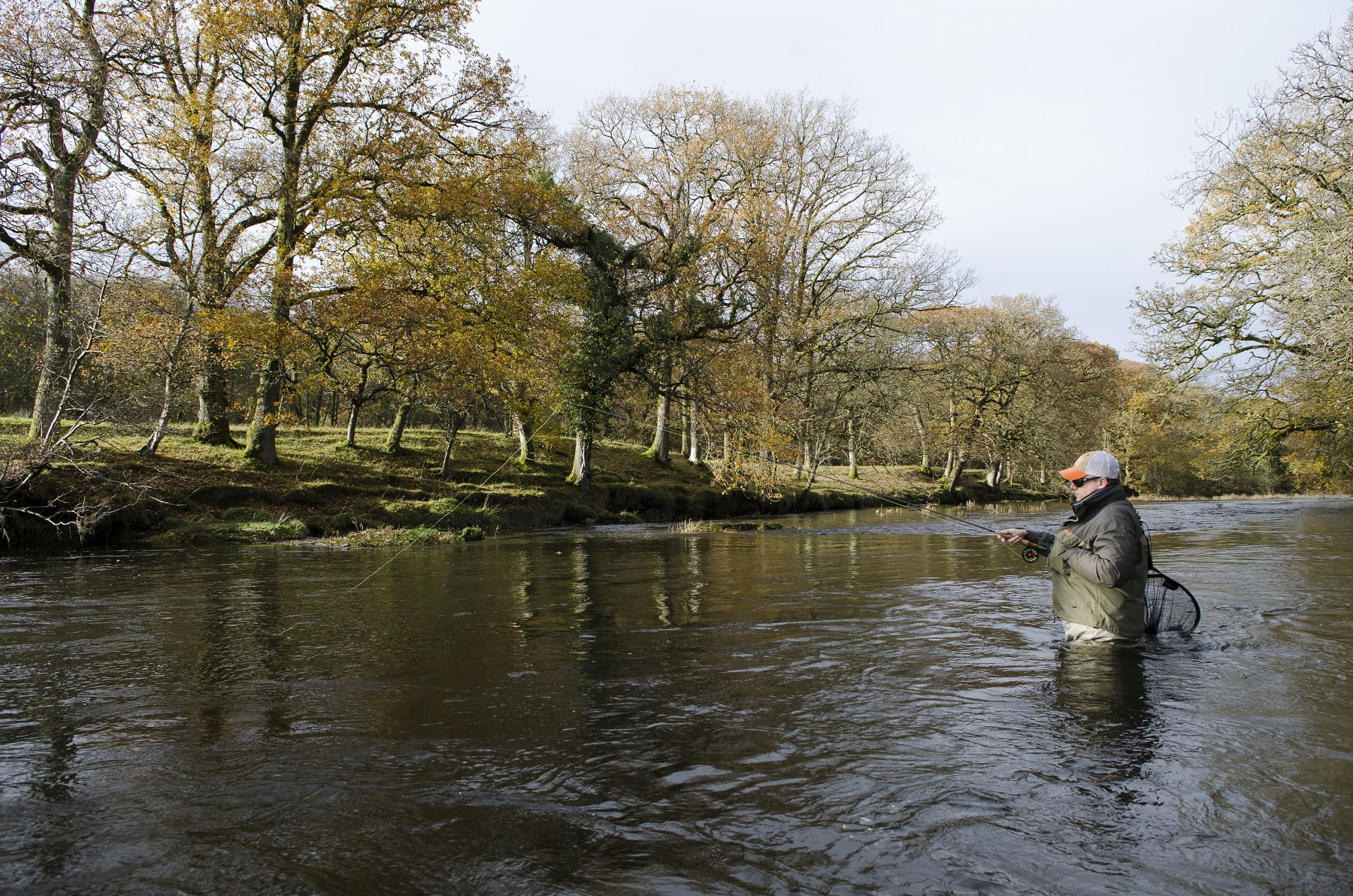Fire up for Flounders
In this blog Dave Lewis takes a closer look at the humble flounder, a popular fish for sea anglers; found in estuaries all around Wales.
October, autumn, in my opinion is the finest time of the year to fish in salt water, especially within an estuary. And when it comes to autumnal fishing on these beautiful transition waterways that connect our rivers with the sea, for me one species of fish reigns supreme: the flounder.
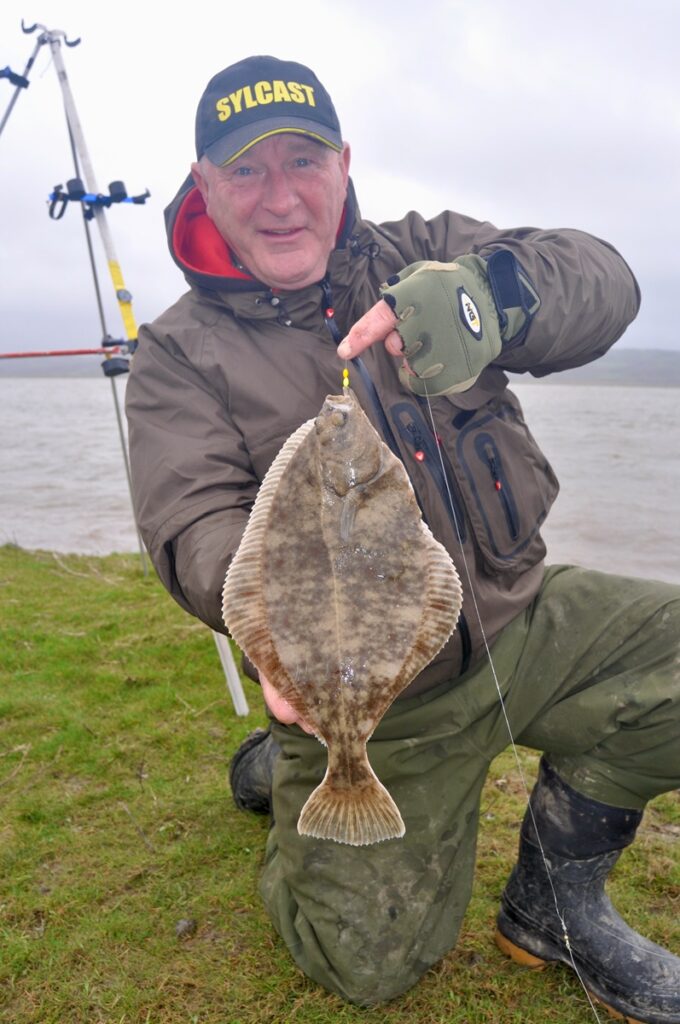
The humble flounder is not a big fish, indeed with an average weight of less than a couple of pounds it’s really a very small fish. And compared to most other species of sea fish, the culinary value of flounder as a harvestable fish for the table is at best questionable. For the record, flounder caught in the open sea can be quite palatable, unlike those taken from an estuary which very quickly acquire an earthy taste. When talking in terms of sport these funky flatfish are unlikely to test your tackle or technique to any significant degree, though when caught on light tackle they are certainly a lot of fun to catch. I like fishing for flounder, I always have, and if you have never fished for these common members of the flatfish family now is the perfect time to give it a go.
According to Wikipedia there are somewhere in excess of 30 estuaries around the coast of Wales, and starting from the tidal river Wye in south-east Wales to the Dee in the north, you can catch flounder in all of these. Some estuaries are so small you can cast across them with ease, others are much larger. All are subject to the twice daily influence of the tides, and it is an understanding of these tidal cycles that is key to successfully fishing an estuary.
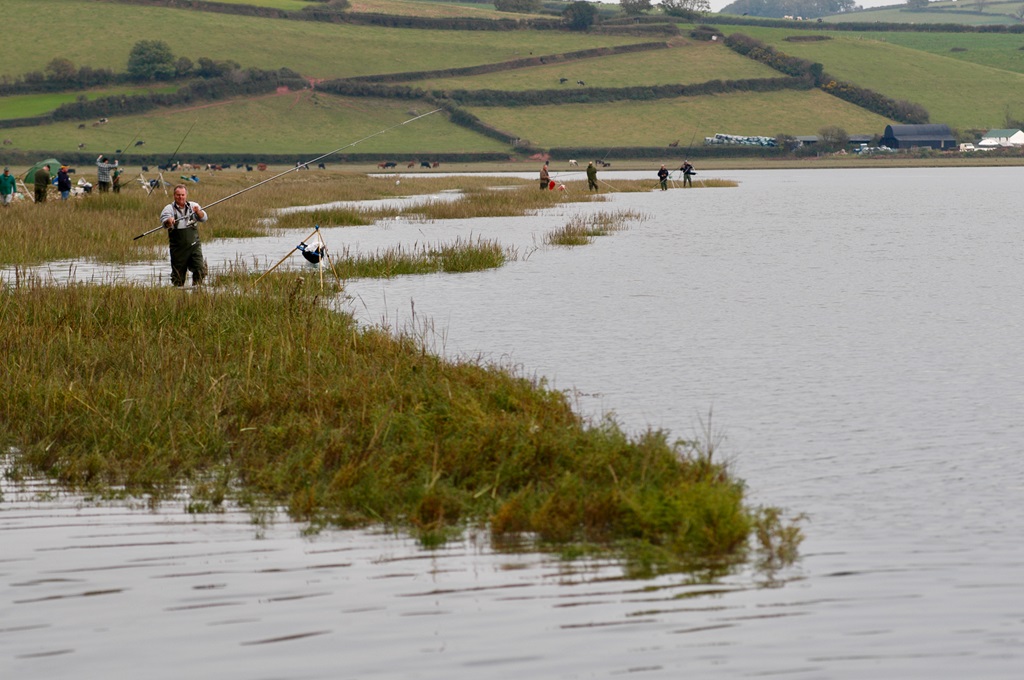
The Bristol Channel experiences the second highest tidal range found anywhere in the world. As a result of this those rivers that flow into this expansive waterway all but dry out at low water. Moving around the coast to Cardigan Bay along the coast of West Wales up to Anglesey, then head east towards the border at Merseyside, the majority of estuaries you will encounter will also contain minimum flows at low tide. But you don’t need a great depth of water to catch flounder, or indeed any of the other species you can expect to catch, such as bass, mullet and eels. Provided you can access the water and cast a baited line, you’ll be in with a chance of catching fish.
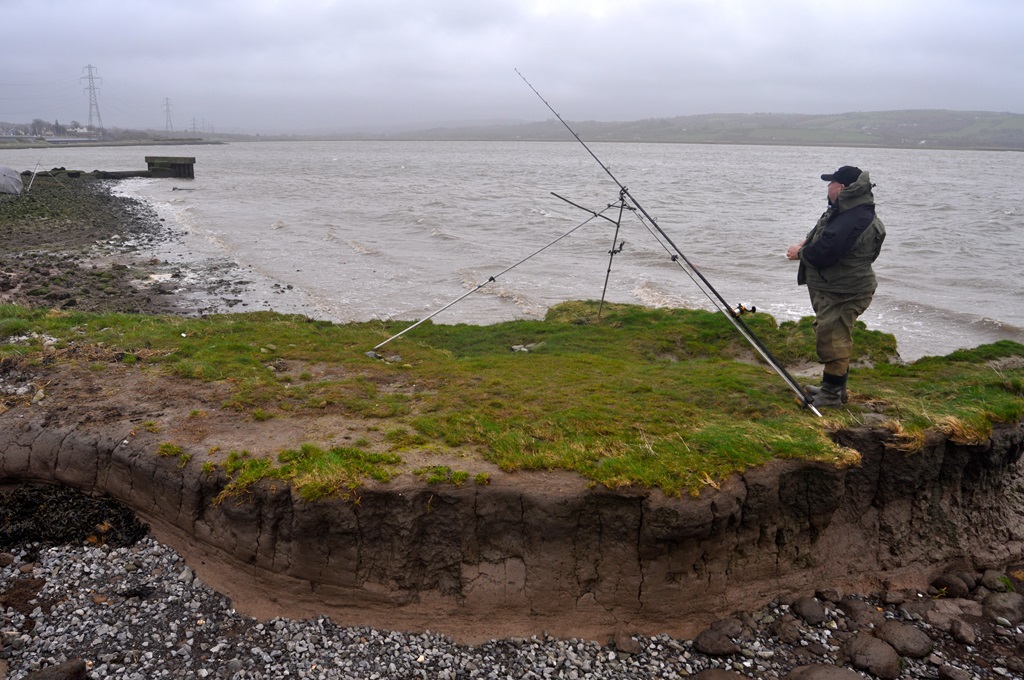
The inter-tidal zone of an estuary varies, ranging from thick, sticky, grey mud to clean sand or gravel. In the former case accessing the water at times other than a few hours either side of high tide can be at best messy, at worse hazardous, so now is a good time to discuss safety. Always when venturing below the high tide mark of an estuary you need to consider exactly what the tide is doing, specifically the risk of getting stuck in the mud. The golden rule of preventing this is very simple. If in doubt do not proceed below the high tide mark.
That said, often there will be areas within even the muddiest estuaries where you can fish in safety, patches of stones, groins or harbour walls for example. Within estuaries consisting of sand, getting stuck may not be so much of an issue, though you should always guard against a flooding tide cutting off your retreat to safety. Always confirm exactly the times of high and low water at the estuary you are fishing, and whenever possible avoid fishing alone until you get to know an area.
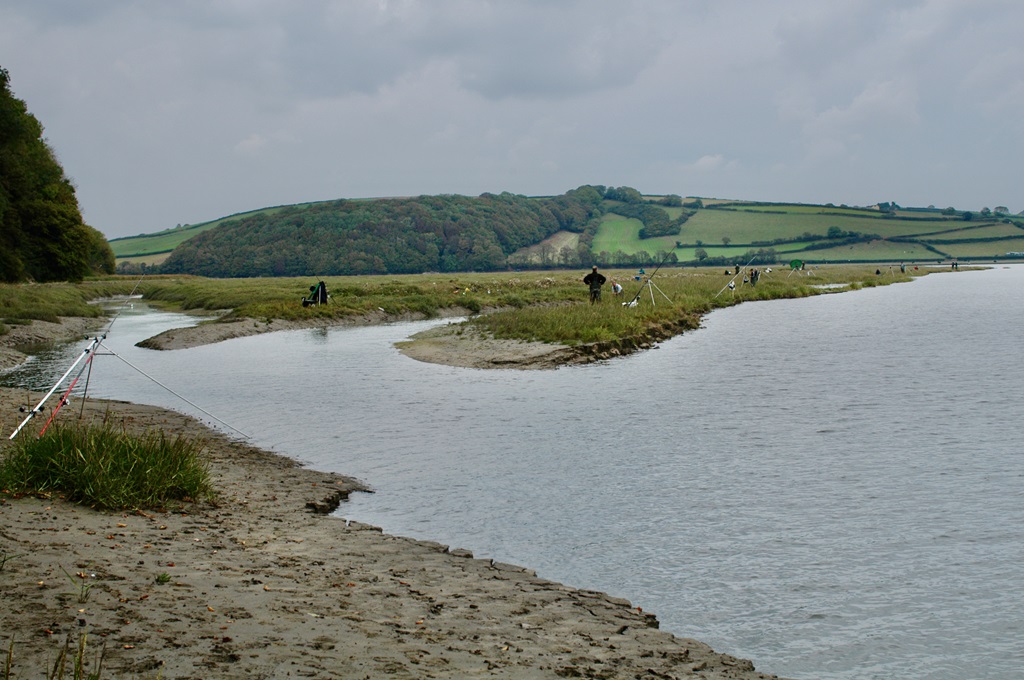
Fishing for flounder is as easy or as complicated as you wish to make it. As a young lad the tidal River Usk at Newport was my home water, and we never used anything other than either a straightforward running leger or a single or twin hook paternoster, with which we used to catch plenty of fish. Our bait of choice back in those days used to be garden worms, ragworm being considered an expensive luxury! You’ll not see many if any anglers using garden worms for bait today, but in all honesty I see no reason why they would not be just as effective now as they were back in the early 1970s.
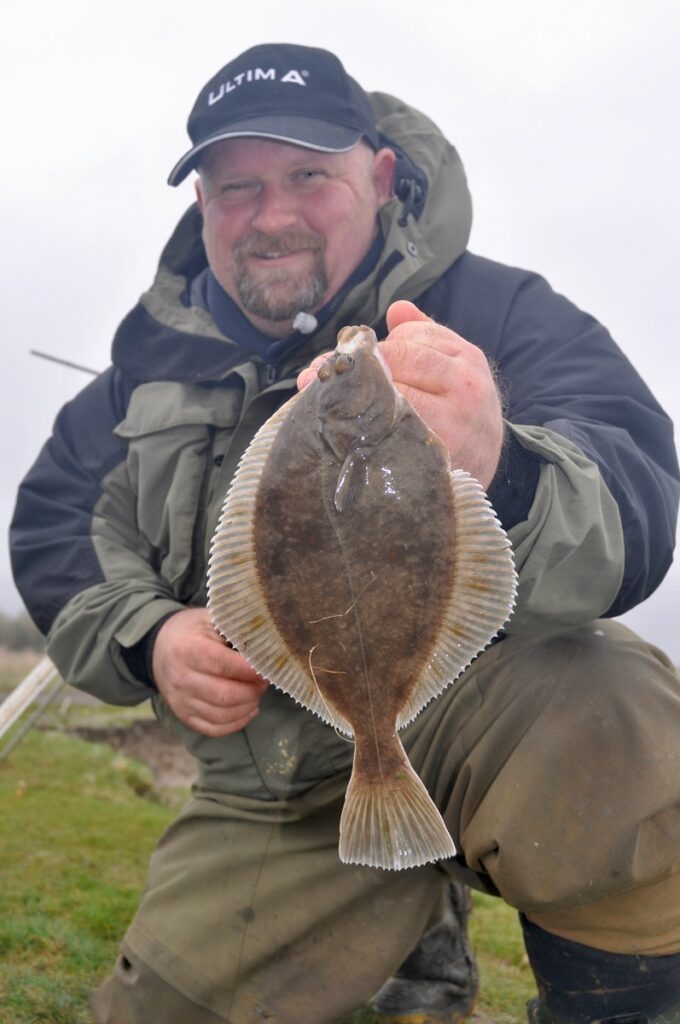
Flounder can be caught on most baits. Over the years I have caught them of various cuts of different types of fish and squid, but these are in no way as effective as marine worms, shellfish and peeler crab. Bunches of harbour ragworm, often referred to as mudworm in Wales, lugworm and ragworm are all excellent pairs for flounder, as are the various types of shellfish such as razorfish, mussel and clam.
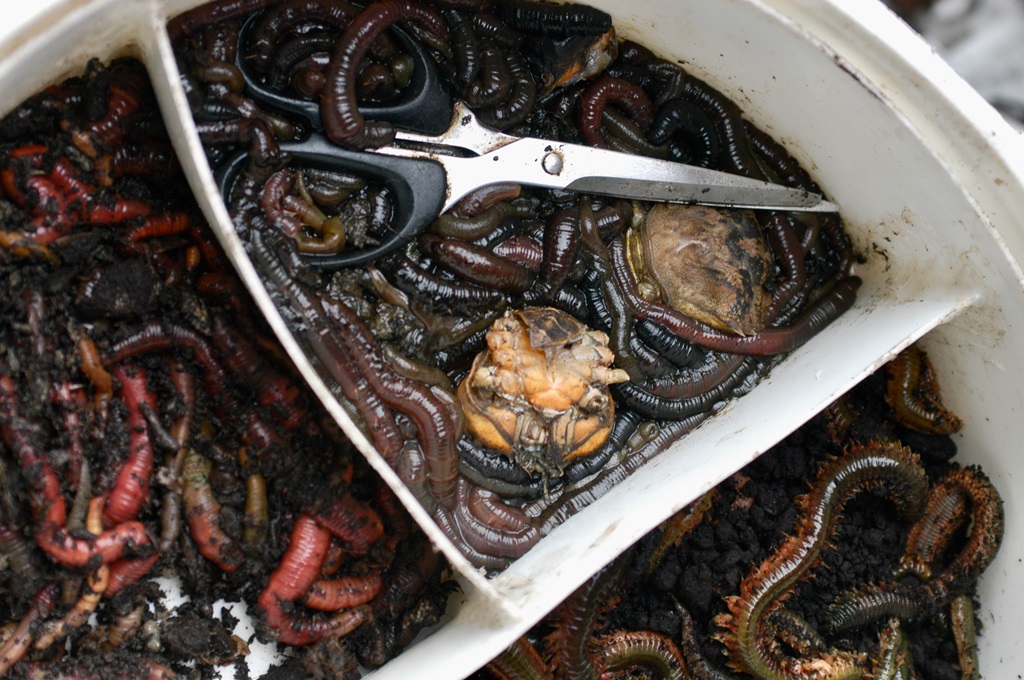
Peeler crab is perhaps the very best bait for flounder, certainly the larger fish, and peeler crab either fished on its own or as a cocktail with another bait, such as worm, would be my first choice when fishing an estuary.

Choice of rig is very much down to personal preference. Provided your baits are fishing hard on the bottom where the fish are feeding, then they will catch. Most anglers use various permutations of a paternoster rig, either single, twin or even three hook. Many use some sort of attractor on the hooklength including coloured beads, sequins or small spoons, all of which are proven to attract inquisitive flatfish. When fishing in strong currents it will be necessary to use a grip lead, to avoid the tide dragging your lead into snags. When the tide is run slowly or when fishing over clean ground, try using flat sided leads without grip wires, and allowing the tide to very slowly drag the bait across the bottom. A slow moving bait can be a deadly for flounder.
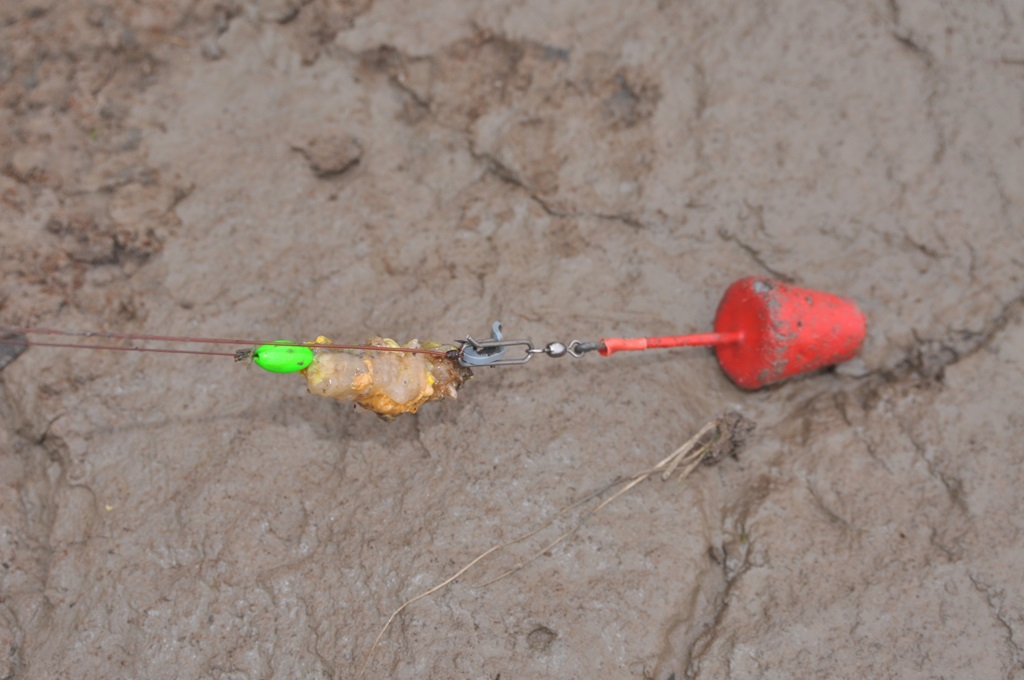
The optimum time of the tide to fish an estuary for flounder varies from river to river. From my experience fishing a flooding tide is generally more effective than a falling tide, but this is certainly not always the case. At some estuaries I like to fish the first couple of hours of the tide, at others I concentrate on the period up to and over high water. Mostly this comes down to the topography of the location I am fishing, more specifically those areas I can access with relative ease without getting plastered in mud or risk of getting stuck. At the end of the day provided your baited hooks are in the water, you’ll have a chance of catching flounder.

As always, for more specific information on fishing an estuary, the local tackle shop should be your first point of contact.
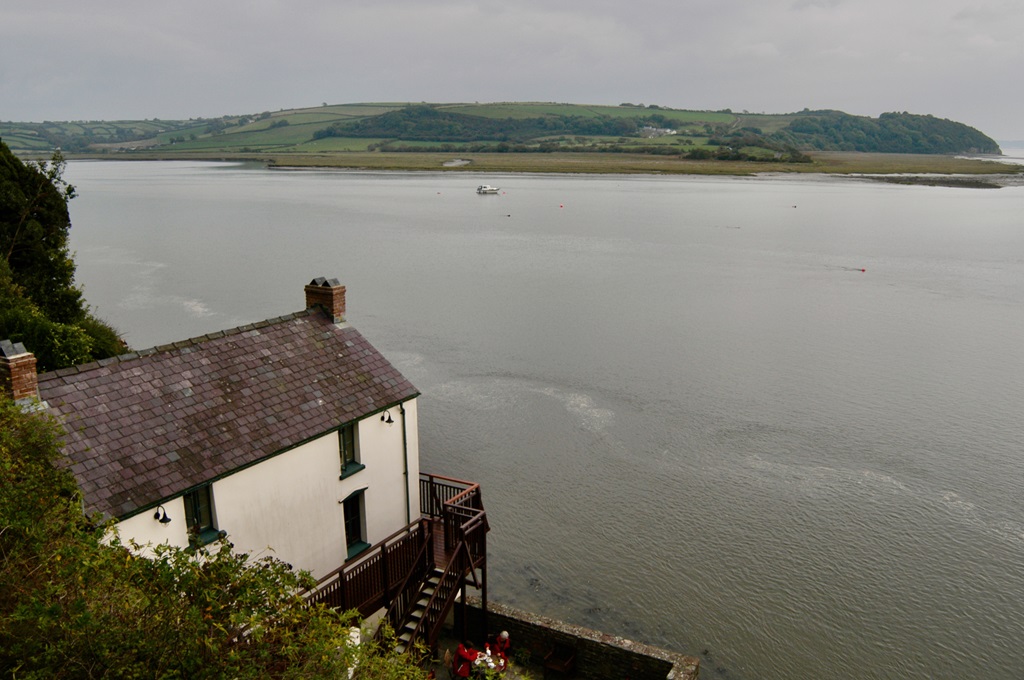
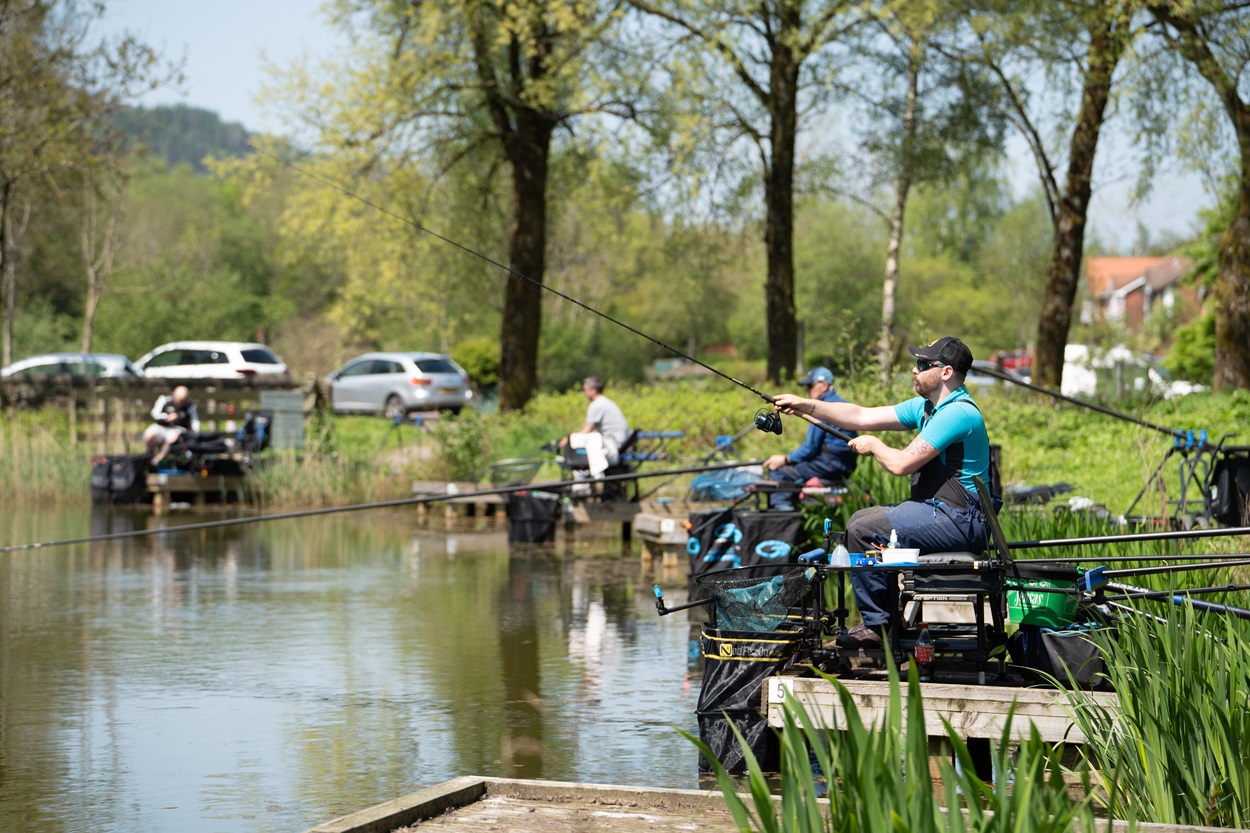
Five fishing resolutions for the New Year
Wales has so much to offer for 2026, with angling opportunities in abundance for seasoned fishers or newcomers to the…
Read More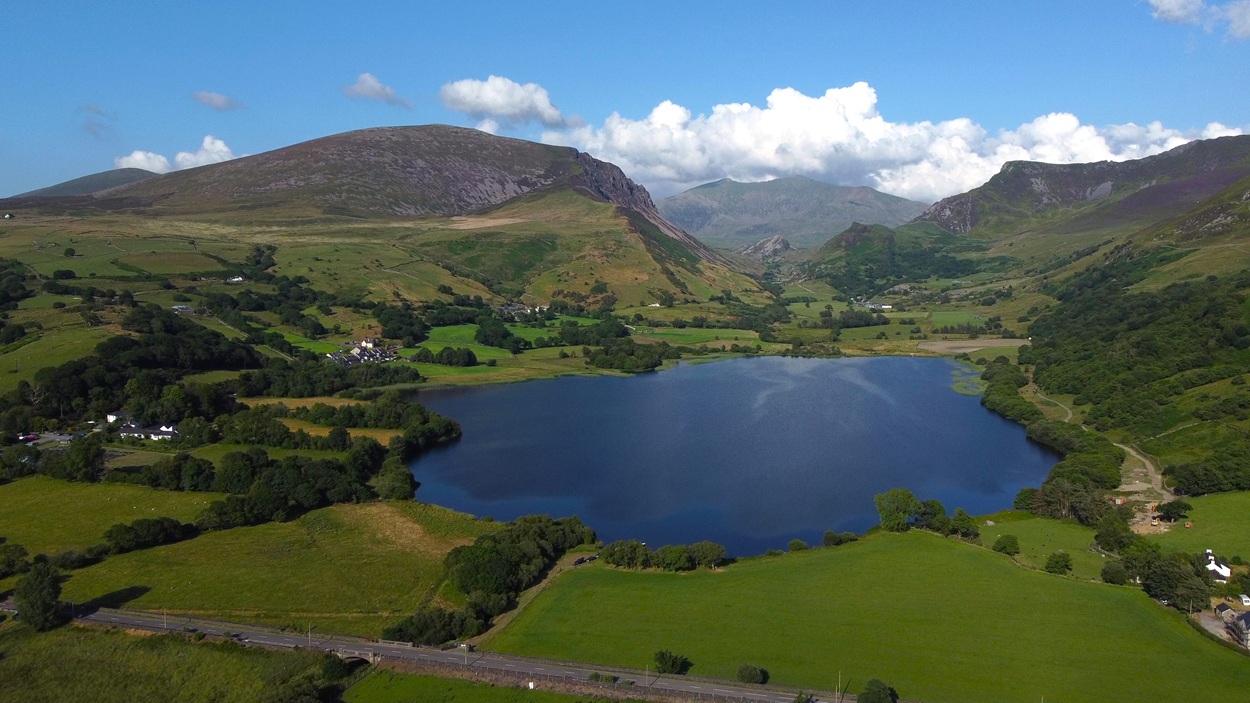
EPIC Welsh Fishing Lakes & Reservoirs from the Sky VIDEO
This cinematic drone montage showcases some of the most epic fishing lakes and reservoirs across Wales, from vast open waters…
Read More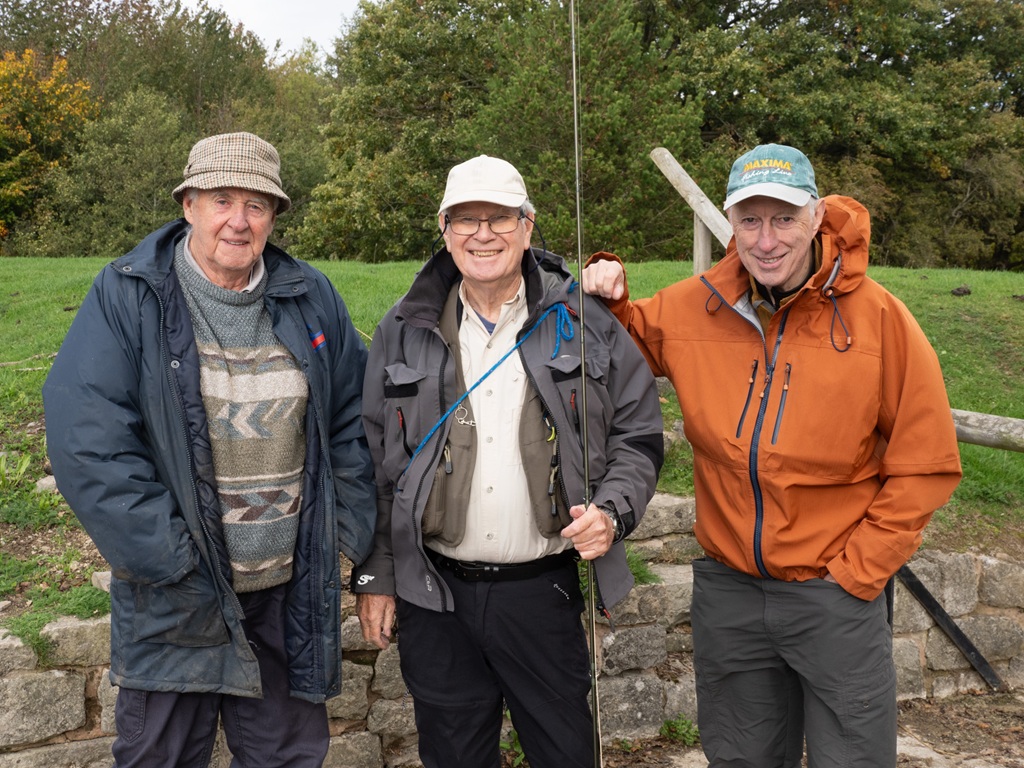
Take a Friend Fishing is Back! Take someone you know fishing for FREE this Christmas and New Year
Calling all Anglers – Take someone you know fishing for FREE between Saturday 20th December 2025 and Sunday 4th of…
Read More
